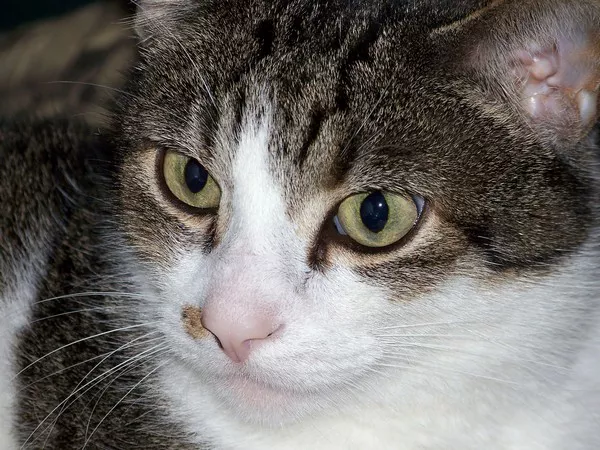Calico cats, known for their vibrant tri-colored coats and distinctive patterns, are not only visually striking but also possess playful and intelligent personalities. Training a calico cat to fetch can be a rewarding experience, tapping into their natural instincts and fostering a strong bond between you and your feline friend. In this comprehensive guide, we explore the steps, tips, and considerations for teaching your calico cat the entertaining and interactive game of fetch.
Calico Cats
Before delving into the training process, it’s essential to understand the unique characteristics of calico cats that make them ideal candidates for interactive play.
Colorful Coat Patterns: Calico cats, characterized by their distinctive three-color coat patterns, often have a combination of white, black, and orange or brown fur. The striking appearance adds to their allure.
Playful Nature: Calicos are known for their playful and energetic personalities. They enjoy engaging in activities that stimulate their minds and bodies.
Intelligence and Curiosity: Calico cats are intelligent and curious, making them receptive to learning new tricks and games. Fetch aligns with their natural instincts to chase and capture prey.
Steps to Train Your Calico Cat to Fetch
Training a cat to fetch involves patience, positive reinforcement, and understanding their individual preferences. Follow these steps to introduce the game of fetch to your calico cat:
1. Establish Positive Associations: Begin by creating positive associations with the items you want your cat to fetch. Use their favorite toys or soft, lightweight objects that are easy for them to carry.
2. Engage in Play: Initiate playtime with your calico using the chosen toy. Encourage them to interact with it by gently tossing or rolling it on the floor. Allow them to bat at it and explore.
3. Introduce Fetching: When your cat shows interest in the toy, gently toss it a short distance. If they pick it up with their mouth or paws, offer praise and positive reinforcement. Repeat this step gradually, increasing the distance as they become more comfortable.
4. Use Clicker Training: Clicker training can be effective in reinforcing positive behavior. Click and treat when your cat successfully retrieves the toy. This helps them associate the action with a reward.
5. Gradual Distance and Duration: Increase the distance gradually, making the game more challenging over time. Additionally, extend the duration by encouraging your cat to hold onto the toy for a bit longer before retrieving it.
6. Consistent Reinforcement: Consistency is key in cat training. Be patient and reinforce positive behavior every time your calico successfully fetches the toy. This creates a strong connection between the action and the reward.
7. Experiment with Different Objects: Introduce a variety of toys and objects to keep the game interesting. Some cats may prefer soft balls, while others may enjoy small stuffed animals. Observe your cat’s preferences and adapt accordingly.
8. End on a Positive Note: Always end the training session on a positive note, even if your cat doesn’t consistently fetch. Positive associations will make them more eager to engage in the game during future sessions.
Tips for Successful Fetch Training
Training a calico cat to fetch requires a tailored approach based on their individual preferences. Consider these tips to enhance the success of your fetch training sessions:
1. Patience is Key: Cats learn at their own pace, and patience is crucial. Avoid forcing the cat to fetch or displaying frustration. Positive reinforcement and patience go a long way.
2. Use High-Value Treats: Incorporate high-value treats as rewards during fetch training. This can motivate your calico to engage in the activity and associate it with positive outcomes.
3. Choose the Right Time: Pick a time when your cat is naturally active and playful for fetch training. Avoid attempting training sessions when they are sleepy or disinterested.
4. Create a Fetch Routine: Establish a routine for fetch training, making it a consistent and enjoyable part of your cat’s day. Routine helps build positive associations with the game.
5. Respect Their Limits: Pay attention to your cat’s cues and respect their limits. If they lose interest or seem stressed, it’s essential to stop the training session and try again later.
6. Gradual Introductions: Introduce the concept of fetch gradually. Allow your calico to familiarize themselves with the process, and celebrate small successes along the way.
Conclusion
Training your calico cat to fetch can be a delightful and enriching experience for both you and your feline companion. By understanding their playful nature, incorporating positive reinforcement, and being patient, you can nurture a strong bond and engage in interactive play that brings joy to both of you.
Remember that every cat is unique, and the key to successful training lies in adapting your approach to suit your calico’s individual preferences and comfort levels. Embrace the playful moments, celebrate small victories, and enjoy the rewarding experience of teaching your calico cat the art of fetch.
























